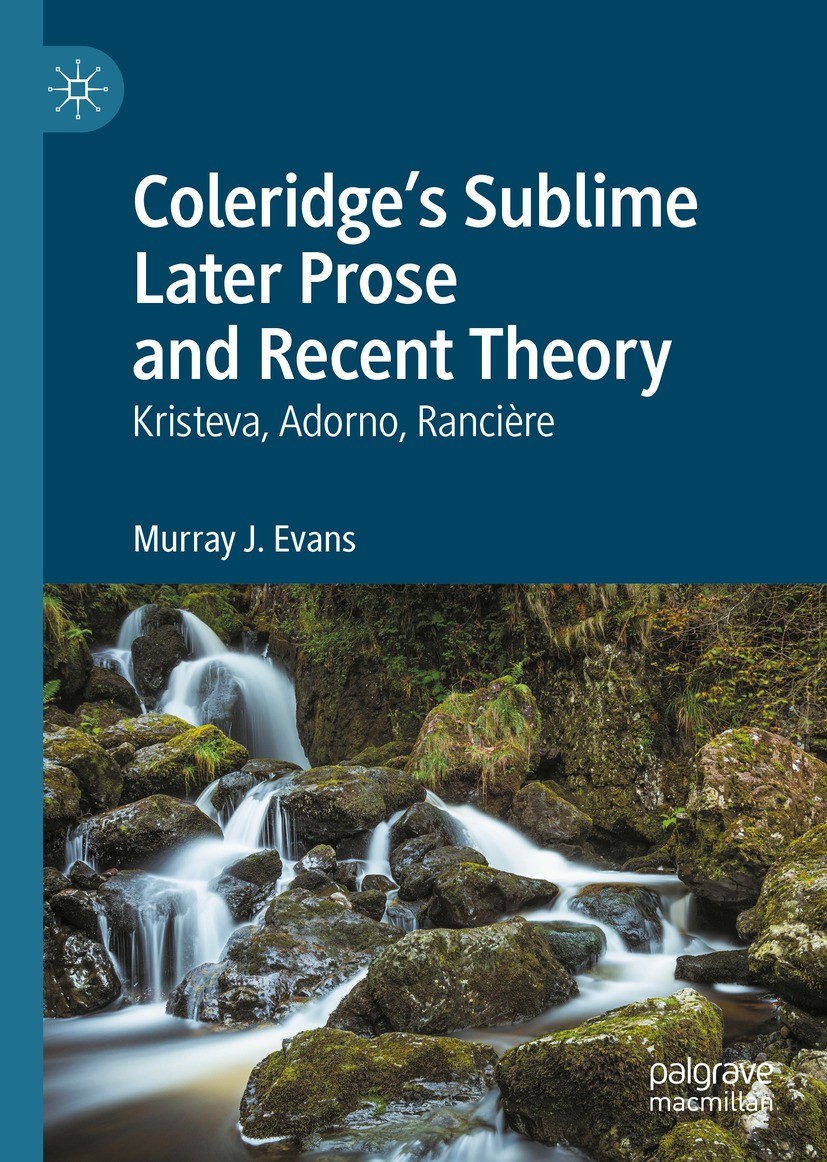Southey and the Bristol Poets Conference Report (14 July 2015, MShed, Bristol)
by Jo Taylor, Friends of Coleridge
‘Southey and the Bristol Poets’ was a one-day conference held at the centre of Southey’s home city: Bristol. MShed, a museum about Bristol, boasts stunning views over the city (if you can get past the killer seagulls to look at it), and it was the ideal place from which to talk and think about the Southey circle’s relationship to their local area.
The first panel, ‘Cottle and the Bristol Sound’, focused on Joseph Cottle’s central role in the formation and distribution of the Bristol circle’s poetry. Paul Cheshire focused on Cottle’s Bristol album, and demonstrated how it acted as a repository for work from the rising stars on the 1790s Bristol poetry scene. Dahlia Porter’s close work on Nathaniel Brigg’s printing practices considered similar issues of presentation, and she revealed how Southey was instrumental in shaping what we would now recognise as a Romantic printing aesthetic. Jeff Strabone considered how Norse mythology impacted upon the early Romantic imagination, and in particular argued that these poets conceived themselves to be creatively descended from Northern ancestors, with Odin at the head of this wild poetic line.
In the next panel, Graham Davidson and Stuart Andrews both provided fascinating accounts of Southey’s early friendship with Coleridge, and Tim Fulford presented transcripts from the forthcoming, much-anticipated Part Five of The Collected Letters of Robert Southey. Kerri Andrews followed with an introduction to the work completed so far on her current research project, The Letters of Hannah More, and she provided a tantalising glimpse into the exciting ways that this project will develop in the coming months.
The afternoon began with readings from The Annual Anthology, hosted by Suzanne Webster. These orations set the tone for the panels that followed, which focused on literary – particularly poetic – form. Julia Carlson provided an impressive close reading of Wordsworth’s blank verse, particularly how Wordworth’s metre enacted forms of motion so that his body of poetry mimicked his bodily movements. Jo Taylor’s paper developed similar ideas with relation to Coleridge’s Conversation Poems; she focused particularly on ideas of rest and motion in Coleridge’s dells. Susan Valladares bought us back to Bristol via its theatres, and she provided a fascinating account of the staging of Coleridge’s Remorse on the Britsol stage.
The final panel returned to Southey. Carol Bolton revealed how Letters from England challenged previous accounts of the Lake District, whilst providing a domestic view of the region, ostensibly to allow ‘non-natives’ to read the landscape. Chine Sonoi followed with a wide-ranging paper that took ‘The Vision of Judgement’ as its focus, and related this poem to several key contemporary events to reveal the poem’s connectedness to Romantic-era politics. Matthew Sangster closed the panel with a lively account of Southey’s novel The Doctor, a text which, Sangster demonstrated, playfully resists acts of reading. Martin Priestman concluded the conference with a keynote titled ‘Pneumatics and Lunatics: Beddoes, Southey and the Lunar Connection’, which brought together the key themes of the day: Southey’s relationships to his contemporaries, his engagements with contemporary events – in this case, scientific – and the importance of local networks on his circle’s works.
The conference was memorable for its excellent sense of conviviality, aided by the sociable nature of MSHed’s layout, and facilitated in the evening with sampling of Bristol beers. MShed provided excellent catering, and cheerful assistance whenever it was needed. The organisers, Tim Fulford and Carol Bolton, are to be thanked and congratulated for putting together such a stimulating, engaging and friendly conference which amply demonstrated the importance of Southey and his circle to Romantic events.





